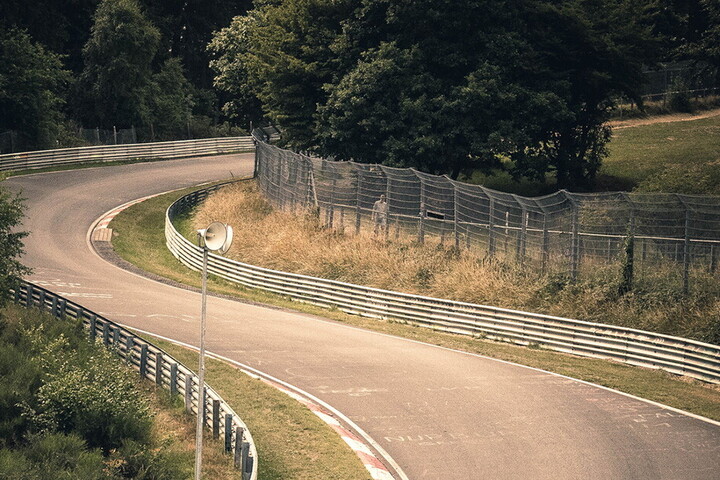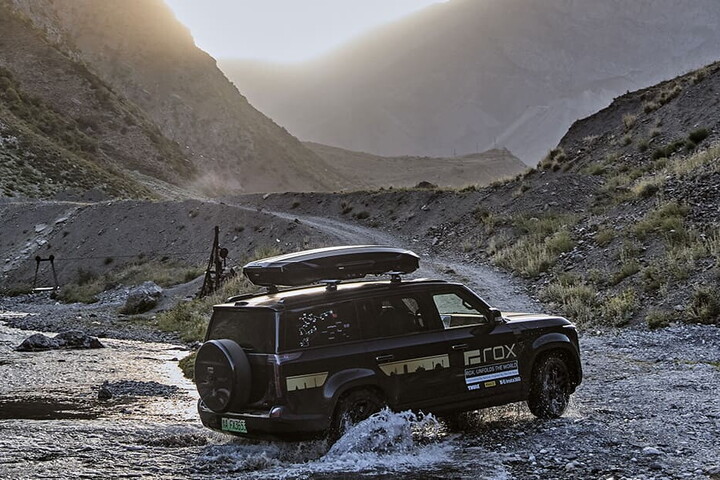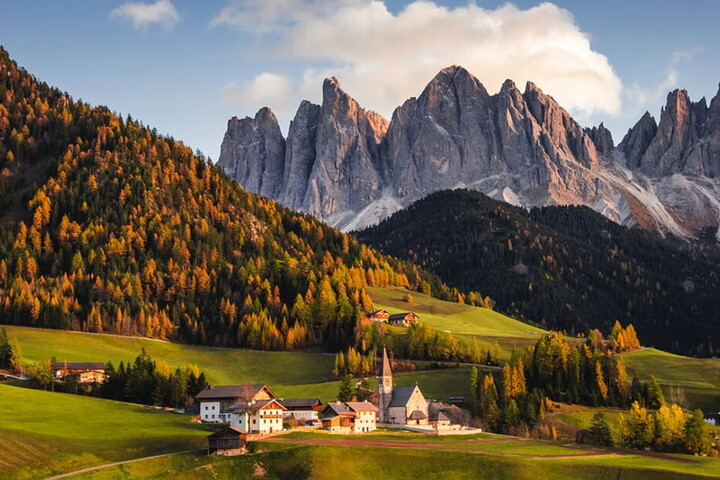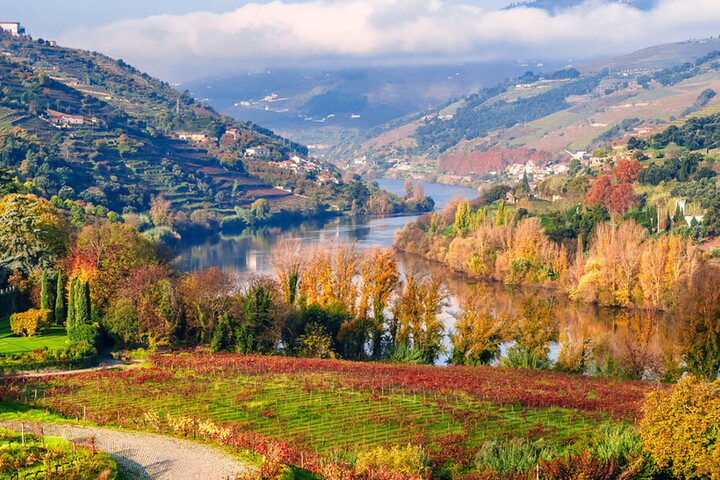Nestled at the far western tip of Europe, Portugal is a country bordering the unknown, situated even beyond the traditional Pillars of Hercules, which in antiquity marked the ultimate limit of the world then known. And perhaps it is precisely its geographical location that contributes to its growing charm and mystery. From the Douro to the Alentejo, from the winding inland roads to the dizzying cliffs of the Algarve, for those seeking an authentic connection between driving and nature, Portugal offers evocative itineraries to explore on four wheels, discovering fabulous landscapes and hidden corners one bend after the next. And to experience them to the fullest, choosing the right tyre is a fundamental aspect of the experience.
For an authentic trip “on the road”, amidst natural views of the Portuguese countryside and fine wine, the advice is to start in the Douro Valley. This is one of the most evocative regions of the country, characterised by lush terraced vineyards crossed by the river of the same name. A UNESCO World Heritage site since 2001, the grapes are still harvested by hand here because the steep slopes prevent the passage of machinery. The best way to travel through the territory is to drive along the N222, whose most mesmerising section is the one between Peso da Régua, famous for its beautiful riverside and the Museu du Douro, dedicated to the region's wine culture, and the charming village of Pinhão, reachable with a small detour onto the N323. The stretch between these two towns is about 27 km, to be driven at a leisurely pace.
On these roads, which are particularly rich in bends and ascents and descents, the fifth-generation P Zero is the perfect companion: designed for high-performance cars, it offers precision and responsiveness even in the most challenging bends. A tyre born from the Pirelli motorsport tradition, but designed for the road, where every bend is a pleasure to savour, in complete safety.
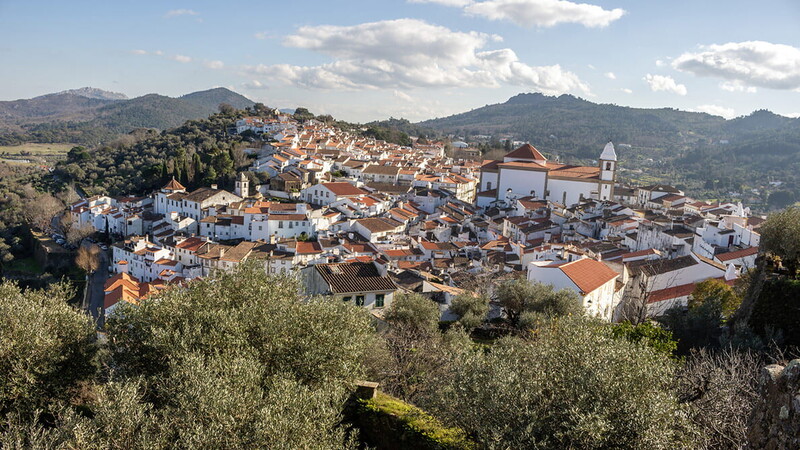
The country's folkloric tradition is preserved intact in the Alentejo region, which in Portuguese literally means “behind the River Tejo” (Tagus), the longest river in the entire peninsula with a course of over 1000 km. Located far from the common circuits of international tourism, this area can be easily travelled from North to South starting from Portalegre, a lovely citadel with a characteristic historic centre where the façades of the houses are outlined in ochre and the Cathedral of the Assumption of the Virgin Mary, the Church of Misericórdia, and the Cidade Museum stand out among the buildings. Its strategic position at the foot of the Serra de São Mamede and its beautiful natural park makes it a convenient starting point for the mountain villages, with an unmissable stop at Castelo de Vide. Reachable in 20 km along the N246, this town is famous for its spa baths, whose waters boast therapeutic properties.
In what is one of the highest mountainous regions of Portugal, the roads can be covered with snow in winter, or even ice, transforming into a surprising landscape. Here, safety is essential: for this reason, it is advisable to prefer specialised tyres. The P Zero Winter 2, chosen by major car manufacturers for the highest-performing models, guarantees grip and control even on snowy surfaces. For those driving an SUV, the Scorpion Winter 2 is the ideal solution.
Alternatively, by taking the E802 and heading South, you cross the most rural part of the country and reach Évora, the largest city in the Alentejo, in about an hour and a quarter. Surrounded by a wall built in different eras and completed in the seventeenth Century, it is dominated by a Mediaeval cathedral that towers over the labyrinth of narrow streets in the historic centre, where Gothic, Renaissance, Manueline, Neoclassical, and Baroque styles coexist harmoniously, effectively making it an open-air museum, recognised as a UNESCO World Heritage site. If you have a little time, our advice is to make an intermediate stop and pull over in Estremoz. Located about halfway between Portalegre and Évora, along with nearby Borba and Vila Viçosa, it is one of the region's most famous marble processing centres, which is used everywhere, even to create the cobblestones of the streets. Typical local craft shops and a vast food and wine offering will make the stop more enjoyable.
Are perfect areas for an autumn road trip too. The well-paved roads and moderate traffic make this itinerary ideal even for electric cars, where the quietness of the ride makes the experience even more relaxing. Designed for electric mobility, the P Zero E combines acoustic comfort and high performance thanks to the triple Class A on the European label and PNCS (Pirelli Noise Cancelling System) technology, which reduces rolling noise.
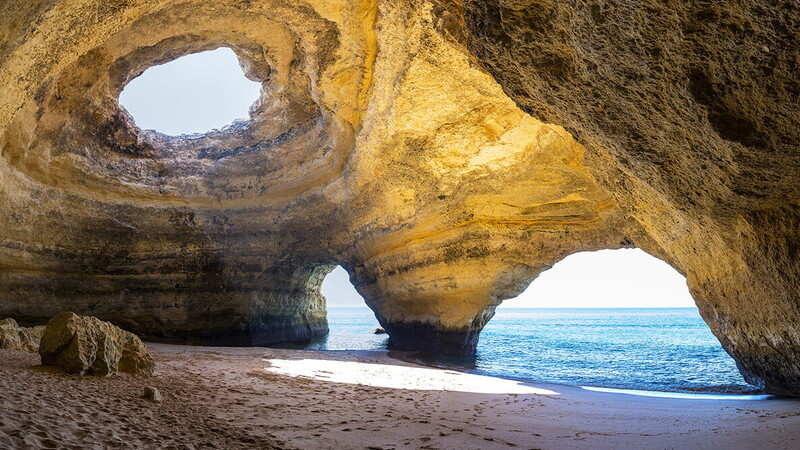
Proceeding South, you encounter the Algarve region, the southernmost part of mainland Portugal and the most popular among water sports enthusiasts for its 150 km of coastline, where beautiful sandy beaches alternate with high cliffs. The mild climate makes the region a great place to live year-round, but if you are looking for quiet and want to avoid crowded beaches, it is preferable to choose spring or autumn for your visit.
Pirelli's All Season SF3 range is designed precisely for these conditions. The Cinturato All Season SF3, winner of numerous independent comparative tests, offers safety and performance on both dry and wet surfaces, with an innovative compound that reduces noise and rolling resistance. For SUVs, the Scorpion All Season SF3 transfers the same qualities to larger vehicles, ensuring comfort and reliability in varying conditions all year round.
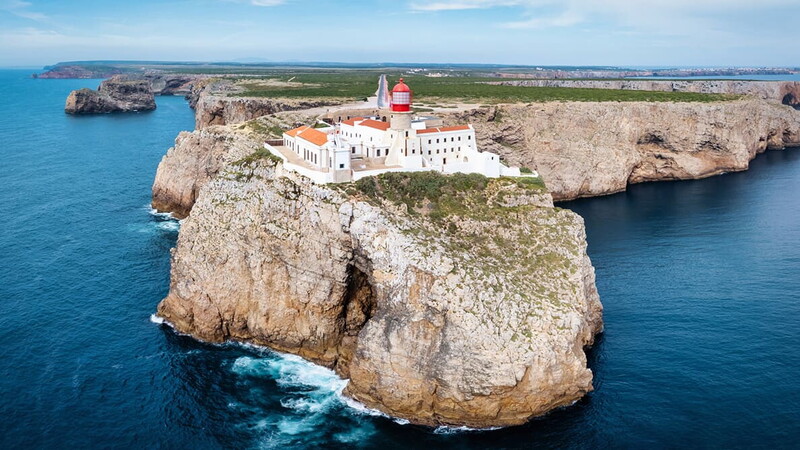
Starting from Lagos, a meeting point for surfers from all over Europe, as well as a town with a vibrant nightlife, which is appreciated during the day for its white houses adorned with azulejos and a 14th Century city wall, take the N125 and drive along the coast heading West. The route is just 30 km and allows you to reach the tiny village of Sagres, unmissable for its breathtaking panorama. From here, you arrive at the rugged promontory of Cabo de São Vicente, the last projection of Southern Portugal facing the Atlantic Ocean. This location is ideal if you love hiking, for example in the nearby South-west Alentejo and Vicentine Coast Natural Park, and if you appreciate remote beaches without particular amenities. The wild character of the area keeps it a corner still unspoiled by mass tourism. Equally peaceful is the town of Tavira, located an hour and forty minutes' drive from Lagos and reachable via the A22 heading East. It is a fishing village nestled on the Gilão River and surrounded by a series of pristine beaches, all located within the protected area of the Ria Formosa Natural Park, a gathering spot for all birdwatching enthusiasts who can admire the life and habitat of migratory birds up close here.

